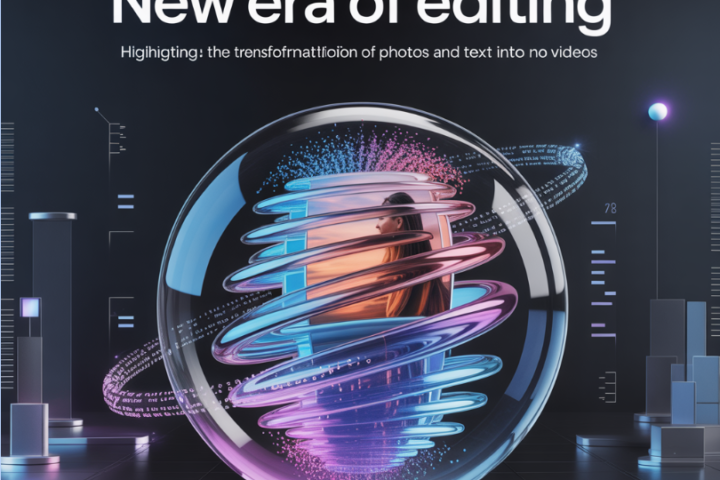In the dynamic realm of digital marketing, agencies strive to deliver impactful insights to their clients. With the ever-expanding volume of data available, the challenge lies not only in gathering information but also in presenting it coherently and compellingly.
Enter the art of visualization – a powerful tool in the arsenal of digital agencies seeking to communicate complex data effectively.
In this blog post, we’ll delve into the importance of crafting engaging dashboards for digital agency clients. From understanding clients’ needs to employing the right visualisation techniques, we’ll explore the key elements that contribute to creating impactful dashboards.
1. Understanding Client Needs
At the heart of crafting engaging dashboards lies a deep understanding of client needs. Before diving into data visualization, digital agencies must take the time to comprehend their clients’ objectives, preferences, and pain points.
What are the key performance indicators (KPIs) matter most to the client? What level of detail do they require? By asking these questions, agencies can tailor their dashboard designs to deliver maximum value to their clients.
2. Choosing the Right Data
With a clear understanding of client needs, the next step is to curate the right data for visualization. In the vast sea of available data, it’s essential to focus on metrics that align with the client’s goals.
Whether it’s website traffic, conversion rates, social media engagement, or campaign performance, selecting the most relevant data points ensures that the dashboard for digital agencies provides actionable insights.
3. Designing for Clarity and Impact
The design of a dashboard plays a crucial role in its effectiveness. Clarity and simplicity are paramount – clients should be able to grasp key insights at a glance.
The effective dashboard design employs visual elements such as charts, graphs, and tables to present data clearly and intuitively. Colour choices, typography, and layout all contribute to the overall impact of the dashboard.

4. Utilizing Interactive Features
Interactivity enhances the user experience and enables clients to explore data in greater depth. Interactive features such as filters, drill-down capabilities, and hover-over tooltips empower clients to dig deeper into the data and extract valuable insights.
By providing flexibility and customization options, agencies can ensure that clients derive maximum value from the dashboard.
5. Telling a Compelling Story
Beyond presenting raw data, engaging dashboards tell a story. By organizing data into meaningful narratives, agencies can guide clients through key insights and trends. Whether it’s highlighting successes, identifying challenges, or recommending strategic actions, storytelling transforms data into actionable intelligence. Visual elements such as annotations and annotations can help convey important messages and insights effectively.
6. Iterating and Improving
The creation of engaging dashboards is an iterative process. Digital agencies must continuously gather feedback from clients and refine their dashboard designs accordingly.
By soliciting input, identifying areas for improvement, and staying abreast of emerging trends in data visualization, agencies can ensure that their dashboards remain relevant and impactful over time.

Conclusion
In the fast-paced world of digital marketing, the ability to communicate data effectively is essential. Crafting engaging dashboards requires a blend of art and science – understanding client needs, choosing the right data, designing for clarity and impact, utilizing interactive features, and telling a compelling story.
By mastering the art of visualization, digital agencies can empower their clients with actionable insights that drive success in an increasingly competitive landscape.






